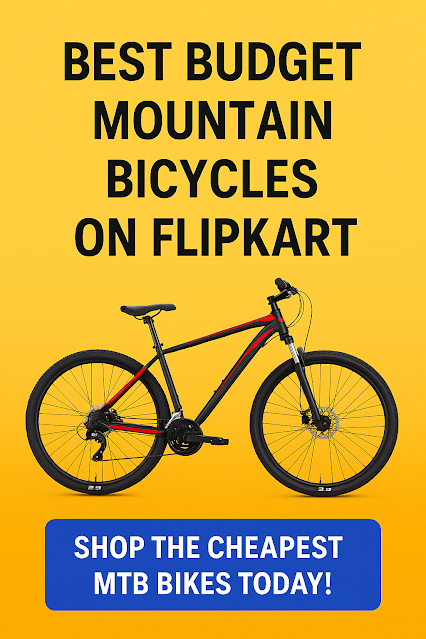Top e-Learning Platforms in 2025: India & Global Picks
 |
| Top e-Learning Platforms in 2025: India & Global Picks |
Explore key e-learning platforms—both global and India-based—that offer flexible, expert-led education to learners and instructors in 2025.
In 2025, the e-learning landscape remains robust—centered on platforms that empower learners globally and within India. Whether you're seeking flexible professional upskilling, formal credentials from top universities, or local open-access courses, the right platform is out there.
1. SWAYAM – India's Free Open MOOC Hub
Launched in July 2017 by the Ministry of Education, SWAYAM provides free courses from school through postgraduation, created by top institutions like IITs and IIMs. As of early 2025, SWAYAM offers thousands of courses, over a million users, several million enrollments, and hundreds of thousands of certificates. It even includes Indian Sign Language content and is aligned with India’s National Education Policy goals.
SWAYAM’s strengths lie in zero cost, reputable faculty, and national coverage. It’s especially valuable for students across India seeking accessible, quality education without institutional fees.
2. NPTEL – IIT-Powered MOOCs with Certification
India’s NPTEL, launched in 2003, evolved into offering massive open online courses with optional certification exams. Exams cost around ₹1,000 and credits may transfer to other institutions, including through UGC’s Academic Bank of Credits. NPTEL uses remote proctoring and even DVDs to reach rural learners.
It’s ideal for technical and engineering students who want IIT-level content at low cost, with formally recognized certification.
3. Coursera – University-Linked Learning at Scale
Founded in 2012 by Stanford professors Andrew Ng and Daphne Koller, Coursera partners with over 300 universities and companies to deliver thousands of courses, certificates, and full degrees. By 2024, it had around 7,000 active courses.
Coursera shines when you want structured, university-backed programs, and professional certificates with global recognition.
4. edX – The MIT-Harvard-Originated MOOC Leader
Created by MIT and Harvard in 2012, edX offers rich, interactive courses with features like video lessons and virtual labs. It provides both audit (free) and verified certifications. As of 2020, edX had 3,000 courses and millions of learners—and it remains a key player in open education.
EdX is perfect if you want university-level content and immersive course formats with optional credentials.
5. Udemy, Skillshare, Coursera, edX – Global Marketplaces & Credentials
Among widely used platforms, Udemy stands out—hosting over 250,000 classes created by a large instructor network. Its strength lies in affordability and broad reach.
Skillshare focuses on creative skills, Coursera and edX drive professional and academic credentials. Combined, they offer a rich mix of learning paths—from hobbies to career shifts.
6. LMS Options: TalentLMS, Docebo, Absorb, Moodle, SAP Litmos, Canvas
These Learning Management Systems are widely adopted in corporate, academic, and enterprise contexts.
-
TalentLMS – user-friendly, mobile-friendly, customizable certificates and analytics.
-
Docebo – known for AI-driven recommendations and MOOC-style catalog building.
-
Absorb LMS – supports blended learning, social learning, and even selling courses.
-
Moodle – open-source and highly customizable, with plugins and bulk course tools.
-
SAP Litmos – integrates content authoring, video assessments, and gamification.
-
Canvas by Instructure – features forums and personalized learning paths for institutional use.
These are best when you manage learning programs—corporate training, schools, or branded courses.
7. Other Global Platforms to Know
Thinkific, LinkedIn Learning, Skillshare, OpenLearning, Treehouse, MasterClass, and Khan Academy each serve different needs. Thinkific helps instructors build courses; LinkedIn Learning focuses on career skills tied to profiles; MasterClass provides celebrity-led, high-production courses; Khan Academy is free and foundational; Treehouse offers coding-focused materials.
Choose based on your learning objective—creative inspiration, career development, formal certification, or free foundational content.
Summary Table
| Platform/Type | Best For |
|---|---|
| SWAYAM, NPTEL | Free, accessible Indian MOOCs + certificates |
| Coursera, edX | University-quality credentials & programs |
| Udemy, Skillshare | Affordable, wide-ranging self-paced learning |
| TalentLMS, Moodle, etc. | Customizable training setup for orgs |
| Thinkific, LinkedIn, MasterClass, Khan Academy | Niche needs like monetization, bite-size skills, or entertainment |
FAQs
Why pay for Coursera or edX if I can learn for free on SWAYAM or NPTEL?
Use SWAYAM or NPTEL for quality, no-cost content with optional affordable certification (especially in India). But for globally recognized certificates, degrees, or professional credentials, Coursera and edX offer certificates from top universities—even if paid.
Which platform is best for learning creative skills?
Skillshare and MasterClass are both great choices: Skillshare offers peer-based creative topics, MasterClass brings high-quality, documentary-style instruction from celebrities.
Can I build and sell my own courses?
Yes. LMS platforms like TalentLMS, Absorb, Moodle (self-hosted), or Thinkific let you create, manage, and even monetize your courses—ideal for trainers or businesses.
Is it worth taking a certification exam on NPTEL?
Absolutely—especially if you’re in India. For around ₹1,000, you get a certificate that may transfer as academic credit under UGC rules, and use of remote or local exam centers makes it widely accessible.
What if I want instructor flexibility and a global audience?
Udemy is great—it has massive reach and handles hosting but takes commission. Thinkific offers more control and branding if you prefer owning your course platform.



Comments
Post a Comment